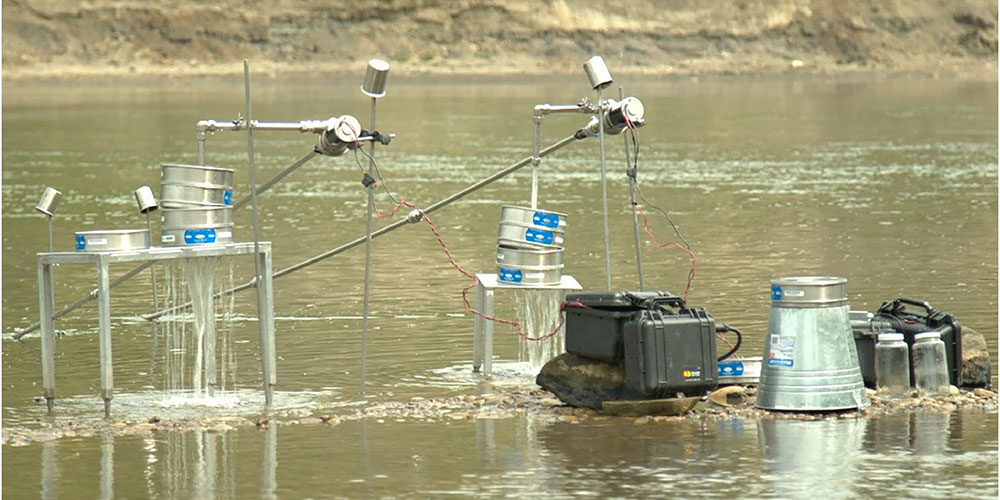Applied Research Clean Technologies innovation being used across North America
Just how much microscopic plastic is flowing through the river systems that are our water sources?
That’s a question that the NAIT Applied Research Clean Technologies team set out to answer in a project focused on Edmonton’s North Saskatchewan River, in partnership with Heartland Polymers as part of the Plastics Research in Action initiative.
But to answer that question, the team first had to develop a reliable method to successfully filter waterborne particles that can be as small as 45 micrometres, or roughly the width of a human hair.
The result is a prototype produced in collaboration with NAIT’s Centre for Sensors and System Integration. That work is now featured in a paper published in the June 2024 issue of MethodsX, a journal that reports on advancements in methodology in any field of science. Lead researcher Jeremiah Bryksa (Laboratory Research and Biotechnology ’12) discusses the project in the video below.
The challenge involved identifying and refining a method that would improve upon the use of a mesh net, which can clog or rip. Bryksa’s group was one of the first to use an established method involving a series of sieves, modifying it for a flowing river.
The team’s innovations included a pump that was free of plastic, preventing possible contamination of the samples, and the addition of a battery, making the system completely portable.
“With this paper, we hope to show other microplastic researchers that you can use the standardized method to sample freshwater rivers,” says Bryksa.
Recently, researchers in the Yukon and the United States have also put the team’s method to work. The paper includes a list of components for anyone wanting to build the system for their own use, and even a wiring diagram.
Read the complete report here.









